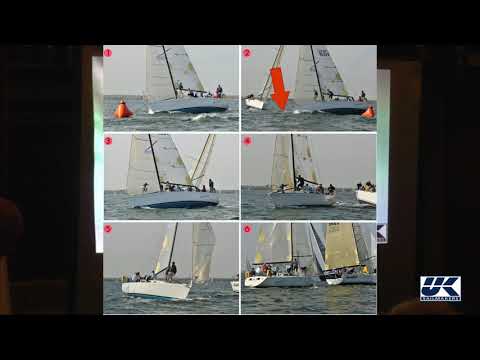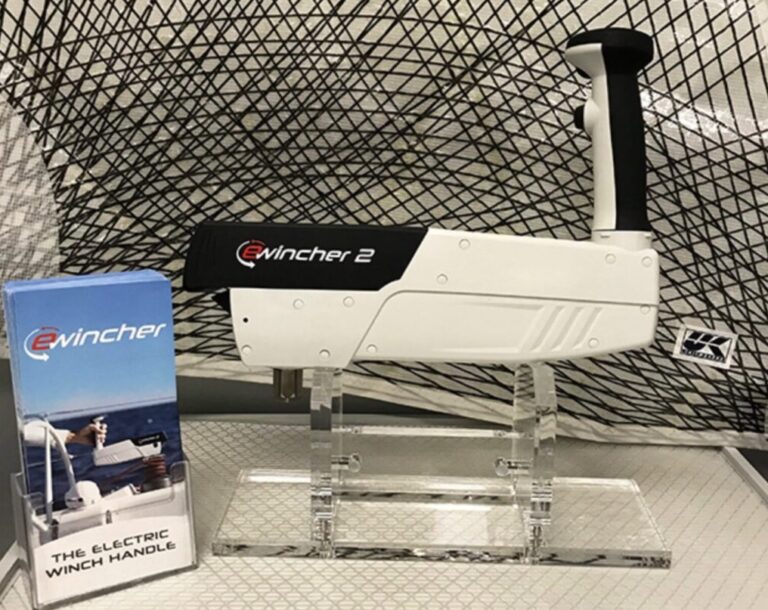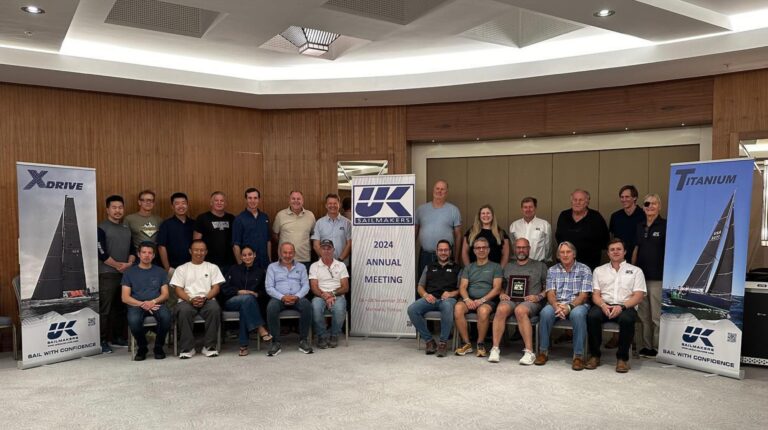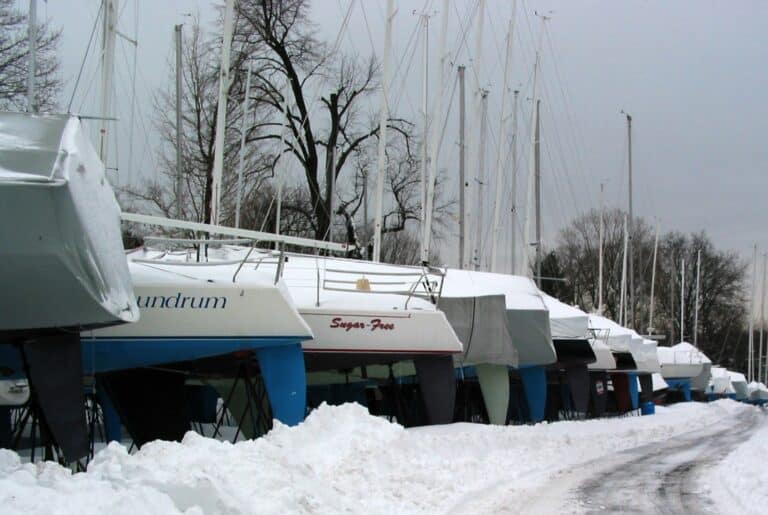Unfortunately, there have been a few times where I have not had a great start or sailed a bad first beat and have found myself in deep positions in the fleet. In most cases, I have been able to magically leap up to better positions, but it took some keen tactical thinking to do so. In this year’s 2023 MC Scow Trainwreck regatta, I occasionally found myself in the cheap seats and but was able to claw back into the race. In the final race, I had to comeback from a “wrecked” first beat of my own; I was deep in the teens at the windward mark. Yet, by keeping my head in the game I was able to come back and finish a respectable sixth. Here are some tips to help make comebacks.
Windward Mark Laylines: Don’t overstand! Often boats will sail too far to the right, beyond the starboard layline, and end up reaching into the mark. They have sailed further than they need to. You can make big gains on those overstood boats by not making the same mistake as they did. Try not to get into the starboard tack parade until you are four to six boatlengths from the mark. Do not try to tack onto starboard so close to the mark that you risk getting protested for tacking in the Zone (Rule 18.3). In big, tightly packed fleets, coming into the windward mark near the port tack layline can be a low probability move, but if you are still to leeward enough to find a gap in the traffic, you can make a big gains.
On the other hand, if you end up approaching the windward mark on port and will have to tack inside the zone, here is how you can avoid getting protested for breaking rule 18.3. Instead of tacking in front of or to leeward of a startboard tacker, sail beyond any starboard boat and then tack to windward of them. Yes, you give up one boat, but you will not risk getting pitched. This video that explains rule 18.3.
The only time to overstand is when you are approaching the starboard layline and you see there is a pile up ahead with boats pinching to make the mark. Overstand just enough to have clear air — perhaps a boat length or two — and sail around the slow pileup while you’re still at full speed. Note, if you are rounding the mark from this position you will also be sailing slightly higher as you round the mark. This has an added advantage as it will position you to windward of boat(s) that you can blanket on the run.

Rounding windward marks: If you have clean air as you round the mark/offset, use that pressure to sail lower than the fleet (see photo above). Typically, the pack ahead of you will sail higher as each trailing boat takes a line just higher than the boat ahead. Use this pressure to sail lower, get separation from the boats ahead, and sail less distance. Sail your best VMC/VMG, which is usually lower than the boats sailing in a pack that are trying to get on each other’s wind.
Rounding leeward marks: Of course, do not overstand leeward marks by always sailing your fastest VMG to leeward mark. Make sure to keep jibing to stay on the knocked jibe. Big gains can be made by playing those last shifts while everyone else is just thinking about their rounding.
Stay in phase on the beat: Part of sailing the shortest distance is always being on the favored tack. Identify shifts upwind. Sometimes following everyone is ok if you are on the favored tack and in clear air. Use the fleet ahead of you to read the shifts, watching the angles the lead boats are sailing. Anticipating the shifts can increase your leverage. Being set up to be on the inside of the next shit will pay big dividends. The lead boats are usually tacking on the shifts, watch them and their angles to the mark.
Know when to bang a corner & not (Increased leverage): With persistent shifting conditions or large immediate shifts, it may be ok to hit a side hard to make a big gain. Significant wind increases on one side or the other can be reason to bang a side.
Mark Rounding Tactics
Leeward Mark roundings: You can use mark roundings to make big gains, especially when there is a pack ahead of you. Anticipate the pack and set yourself up to have an inside tight rounding even if you have to slow down…use the pinwheel in front of you to make gains. Whatever happens, don’t get overlapped by inside boats that force you to the outside of the pinwheel. Again, this may necessitate your slowing down to break an overlap. You can pass boats that have bad roundings and gain distance on all the boats going slow from the congested rounding. And, if you find a gap and can make a full speed wide and tight rounding, you will stand a better change of maintaining clear air going upwind. Check out this video of a J/22 making a big gain by anticipating the pin wheel.
Gate Roundings: If the gates are aligned evenly and there is no favored side, position yourself to round a gate with less traffic. All the boats rounding a crowded gate will be going slower. Sometimes the further downwind gate may be faster even if you sail more distance to get to it or it is not on the side of the course you want to sail on. Getting around a gate with clean air can be a huge part of your comeback.
Sail faster: Sail in clean lanes upwind and down. Upwind, stay away from large packs of boats sailing downwind that will blanket your wind.
Stay away from packs and do not get in any fighting matches with other boats.
Look for the puffs upwind and sail to them. Downwind, look for puffs and align yourself under them gybing if needed. It is good to have a crew person look aft when sailing downwind. They can tell you to head up or sail low in order to hook up with a puff coming down the track.
Slow other boats down: Sailing downwind, try to blanket other boats by sailing on their wind.
Perhaps the hardest part of a good comeback is attitude. Don’t give up! Instead of swinging for the fences to try to pass ten boats at once, work on passing one at a time. And, even if you don’t make a miraculous comeback, turn the race into a learning situation. Hopefully, there will be many more races to average out your finish and still do well.
Learn more about smart racecourse tactics at uksailmakers.com/how-to-resources/








Good stuff.
Thanks Mike!
Mark Grinder
Buffalo